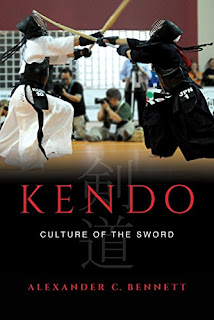2017 Martial Arts Year in Review

2017 was my second full year practicing martial arts, since my return in January 2016 . About a year ago I posted my 2016 Martial Arts Year in Review , reporting some statistics on my training and how I spent that time. Because I have no official training scheduled today or Sunday, it's time for me to analyze how I practiced in 2017. For comparison's sake, in 2016 I spent approximately 300 hours in formal training. About two thirds involved Krav Maga. Less than one sixth involved other martial arts, such as Kali, combatives (including my first serious ground work), and Kung Fu. The remainder involved fitness (Jungshin and Ground Force Method) and firearms. Krav Maga In 2017 I began my second year of training at First Defense Krav Maga in Herndon, VA. I started the year as a P-2. Prior to my P-3 test in March, I participated in 50 formal Krav Maga classes. (I had trained 94 hours since my P-2 test.) Between my P-3 test and my P-4 test in September, I participated in 50 Krav Maga














